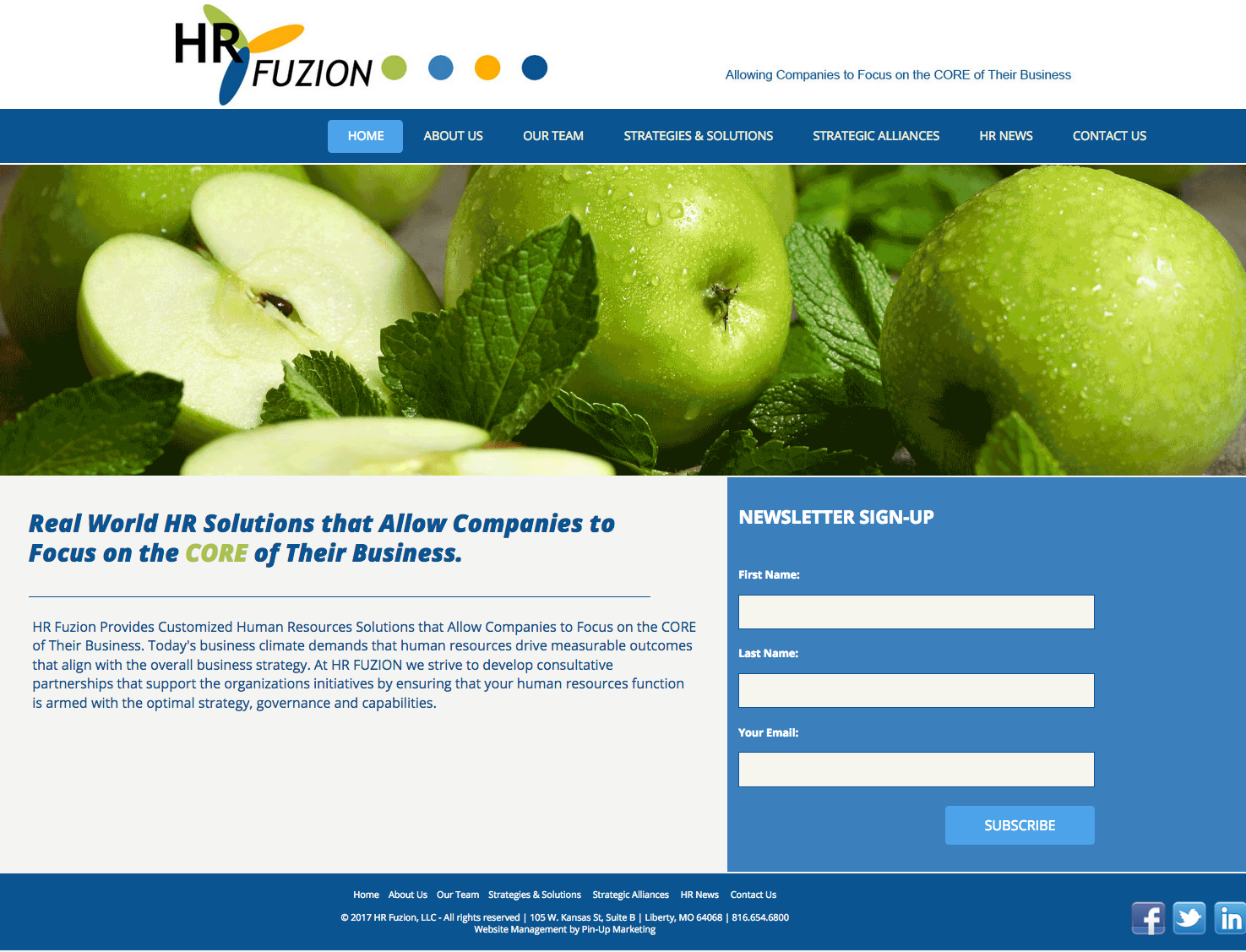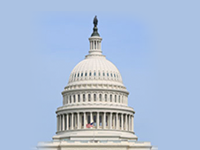|
|
|
|
 |
The Impact of Biden's Competition Executive Order on the Health Care Industry |
|
On June 17, 2021, the U.S. Supreme Court rejected a lawsuit challenging the constitutionality of the Affordable Care Act's (ACA) individual mandate in a 7-2 ruling.
This lawsuit was filed in 2018 by 18 states as a result of the 2017 tax reform law that eliminates the individual mandate penalty. In 2012, the U.S. Supreme Court upheld the ACA on the basis that the individual mandate is a valid tax. With the penalty's elimination, the appeals court in this case determined that the individual mandate is no longer valid under the U.S. Constitution.
Supreme Court's Ruling
The Supreme Court determined that the plaintiffs in this case did not have standing to sue, meaning that they have not shown that they suffered any injury as a result of the elimination of the individual mandate penalty and, therefore, do not have a legal right to sue. As a result, the ACA as it exists today will remain in place.
According to the Court, allowing a lawsuit "attack[ing] an unenforceable statutory provision [to continue] would allow a federal court to issue what would amount to 'an advisory opinion without the possibility of any judicial relief.'"
The Court did not make any determinations on any other issue in the case, including the validity of the individual mandate or whether the rest of the ACA can be severed from the individual mandate provision. However, this case is now concluded and the ACA will remain in place.
On June 17, 2021, the U.S. Supreme Court rejected a lawsuit challenging the constitutionality of the Affordable Care Act's (ACA) individual mandate in a 7-2 ruling.
This lawsuit was filed in 2018 by 18 states as a result of the 2017 tax reform law that eliminates the individual mandate penalty. In 2012, the U.S. Supreme Court upheld the ACA on the basis that the individual mandate is a valid tax. With the penalty's elimination, the appeals court in this case determined that the individual mandate is no longer valid under the U.S. Constitution.
Supreme Court's Ruling
The Supreme Court determined that the plaintiffs in this case did not have standing to sue, meaning that they have not shown that they suffered any injury as a result of the elimination of the individual mandate penalty and, therefore, do not have a legal right to sue. As a result, the ACA as it exists today will remain in place.
According to the Court, allowing a lawsuit "attack[ing] an unenforceable statutory provision [to continue] would allow a federal court to issue what would amount to 'an advisory opinion without the possibility of any judicial relief.'"
The Court did not make any determinations on any other issue in the case, including the validity of the individual mandate or whether the rest of the ACA can be severed from the individual mandate provision. However, this case is now concluded and the ACA will remain in place.
|

|
|
Retain Employees Through Training
|
|
With the daily demands of keeping a workplace productive and profitable, many managers may overlook one simple perk that has been proven to boost employee retention: professional training. Learn how to use training as a tool to retain your top employees by contacting us.
|

|
|
|
|
|
|
|
| If you work with us, you can expect us to:
- Challenge assumptions and the status quo
- Push your Human Resources Function to move beyond where you are today
- Identify the challenges of your Human Resources Function and look for new solutions that will drive opportunities
- Educate as we go, leaving your team more capable and more independent
|
|
|
|
Preventing Turnover Post-pandemic
|
|
Turnover is a common occurrence throughout any given year. However, during the COVID-19 pandemic, turnover rates fell dramatically. Now, a significant number of employees are unwilling to return to the status quo that was established pre-pandemic. That’s a major reason why experts predict a "turnover tsunami" coming in the latter half of 2021.
What Employees Want Post-pandemic
Generally, workplace survey data from the past year illuminates some commonalities between worker desires across industries. The following are some of the most coveted changes workers are looking for post-pandemic:
- Flexible work options
- Protection from burnout
- Competitive compensation
Considerations for Employers
To stay ahead of these trends, employers will need to look inward toward their unique employee populations and determine what’s important to them. This inquiry may include surveying employees to learn about what they are looking for. To help meet the demands of a workforce, employers can consider implementing changes, such as:
- Providing remote or hybrid working arrangements
- Providing flexible scheduling options
- Adopting or expanding employee assistance programs to help with mental health and burnout
- Increasing compensation or bonuses
- Having managers meet more frequently with employees to discuss challenges and concerns openly
Each organization is unique, and its employees may have varying opinions about what they value.
|

|
|
|
|
Proposed Rule Would Update Benefit and Payment Parameters for 2022
|
|
On July 1, 2021, the Department of Health and Human Services (HHS) published a proposed rule that would revise several benefit and payment parameters under the ACA for the 2022 benefit year. While many of the proposed changes primarily impact insurers and Exchanges, some provisions may affect employers.
- The rule proposes to repeal the Exchange direct enrollment option, which establishes a process for Exchanges to work directly with issuers, agents and brokers to operate enrollment websites through which consumers can apply for coverage, receive an eligibility determination and purchase a qualified health plan.
- For the 2022 coverage year and beyond, the rule proposes to lengthen the annual open enrollment period for coverage through all Exchanges to Nov. 1 through Jan. 15. The current annual open enrollment period runs Nov. 1 through Dec. 15.
- The rule proposes modifications to the Section 1332 State Innovation Waiver process, including changes to many of the policies and interpretations of the guardrails recently issued in the 2022 Notice of Benefit and Payment Parameters, which provided more flexibility for states to apply for waivers from certain ACA provisions.
|
|

|
|
|
|
|
|
|
| |
|
|
HR Fuzion, LLC - All rights reserved | 110 N. Main | Liberty, MO 64068 | 816.654.6800
|
Please Note: The information and materials herein are provided for general information purposes only and are not intended to constitute legal or other advice or opinions on any specific matters and are not intended to replace the advice of a qualified attorney, plan provider or other professional advisor. This information has been taken from sources which we believe to be reliable, but there is no guarantee as to its accuracy. In accordance with IRS Circular 230, this communication is not intended or written to be used, and cannot be used as or considered a 'covered opinion' or other written tax advice and should not be relied upon for any purpose other than its intended purpose.
The information provided herein is intended solely for the use of our clients and members. You may not display, reproduce, copy, modify, license, sell or disseminate in any manner any information included herein, without the express permission of the Publisher. Kindly read our Terms of Use and respect our Copyright.
© 2021 HR Fuzion, LLC. - All rights reserved
Unsubscribe
|
|
|
|
|